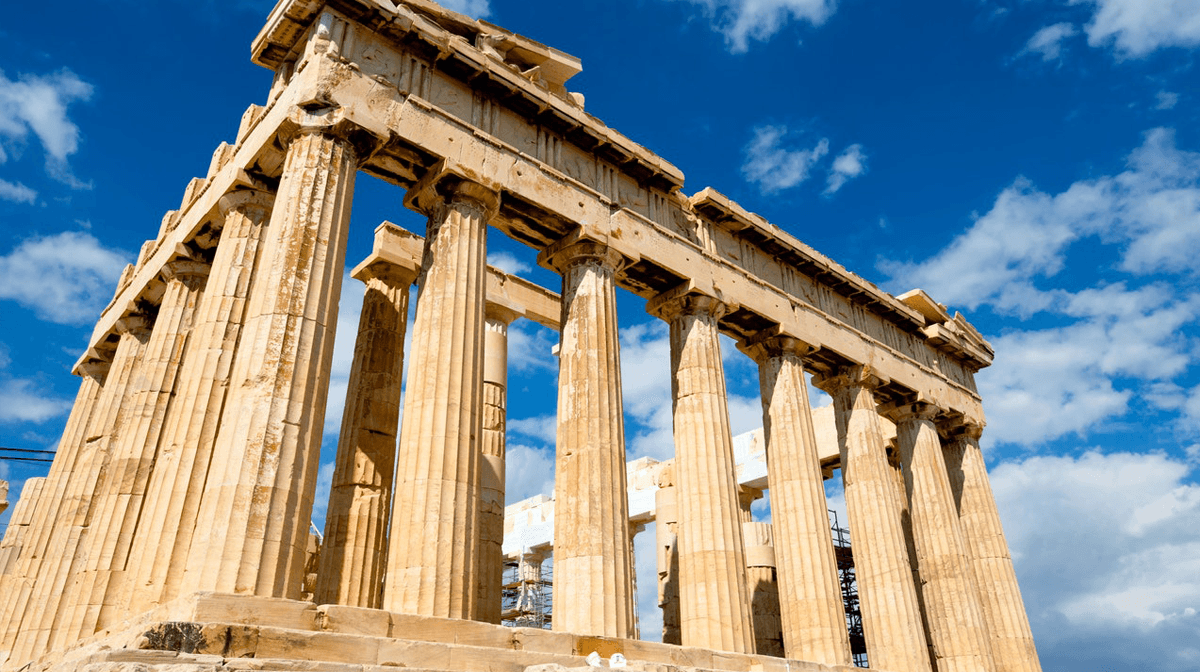How much of an influence did the Greeks have on Indian subcontinent culture?
The ancient Greeks saw the world to be secular and rationalistic from their point of view and even had liberal arts education system for their citizens. This promoted the idea of free enquiry and showed

The ancient Greeks saw the world to be secular and rationalistic from their point of view and even had liberal arts education system for their citizens. This promoted the idea of free enquiry and showed they preferred knowledge compared to faith. With only a limited cultural inheritance, the Greeks built both intellectual and artistic monuments that demonstrate to us their standards of achievements.
Their single most important legacy can be seen through their civilization in ancient India, which was particularly influenced by the several Greek elements of civilization, especially in art, culture, literature and most aspects of the human life. This article is an attempt to explore the cultural evolution and interaction between the two civilizations and their influences on each other’s cultures and arts.
Greeks in ancient India:
Hellenic history in India is believed to have begun with Alexander the Great. Alexander being an ambitious military leader conquered his way across Near East and Central Asia and by 325 BC he reached the Hindu Kush (a mountain range area in modern-day Pakistan, Afghanistan, and Tajikistan).
Upon his conquest of the region Alexander built his three prominent cities, which were: Alexandria on the Indus, Alexandria on the Caucasus and Alexandria Eschate. These were populated with Greek settlers and formed the basics for the Hellenic presence in the region for centuries. The Greek presence was further carried by Seleucid and Greco-Bactrian empire. Facilitating a strong Greek influence on Indian culture and history.
Ancient Greek and Indian literature, religion, and art and its influences on each other’s cultures:
The ancient Indian literature which consists of ‘Yuga Purana’, ‘Mahabharata’ and Buddhist literature – which was also influenced by the Greek presence in Ancient India – provide historical narrations of Indo-Greek interactions in ancient times. The information provided through these ancient pieces of literature, gives us a detailed description of the Greeks and what were they called.
From these sources of literature it is revealed that the Greeks were known as ‘Yavanas’. This term was referred to Ionian Greeks of Asia minor and the Greek kingdom of Bactria. the Bactrian conquest of Northern India features in major Buddhist text, ‘the Milindapanha’ which comprises a philosophical dispute about Buddhism, between the Bactrian King Milinda and the Buddhist sage Nagasena. Milinda coming from a Greek background was also a great patron of Buddhism and later declared his conversion to the Buddhism.
The Greek artistic techniques blended with the Indian Buddhist art and inspired Indians to depict Buddha in human form. The Indo-Greeks were notable for getting the representation of the Buddha from Indian sculptures, leading to much artistic blending between the two cultures. The Buddhist art grew stronger under the Greek influences making it a turning point in the world of art and cultures. Further artistic elements were introduced too, such as, Greek architectural forms, including columns, friezes and cupids.
How Greek was the Indo-Greek kingdom in India and modern-day Pakistan?
The Indo-Greek kingdom gives us a syncretic blend of culture in which Greeks mingled with the local Indians and often merging their world views into one, showing a merging of cultures between East and West. The cultural syncretism is further evidenced by the Indo-Greek coinage showing a blend in both Indian and Greek art as they were inscribed bilingually both in Greek and ancient Indian languages.
However, despite Greeks adopting Eastern religion and culture, the Greeks did not give up their own Gods, preferring to incorporate them into Indian religion; as seen in the Buddhist statues. While the statues look Eastern, the design and form of the statues makes them iconically Hellenic.
So, did the Greeks have influence over India?
The Greeks did indeed influence Indian culture, some of these persist to this day – for example the Buddhist temples and statues. However, I would argue that eventually the Greek presence in India faded away but their centuries long presence in the Indian sub-continent and the cultural legacy they left behind leaves us with a fascinating story.



